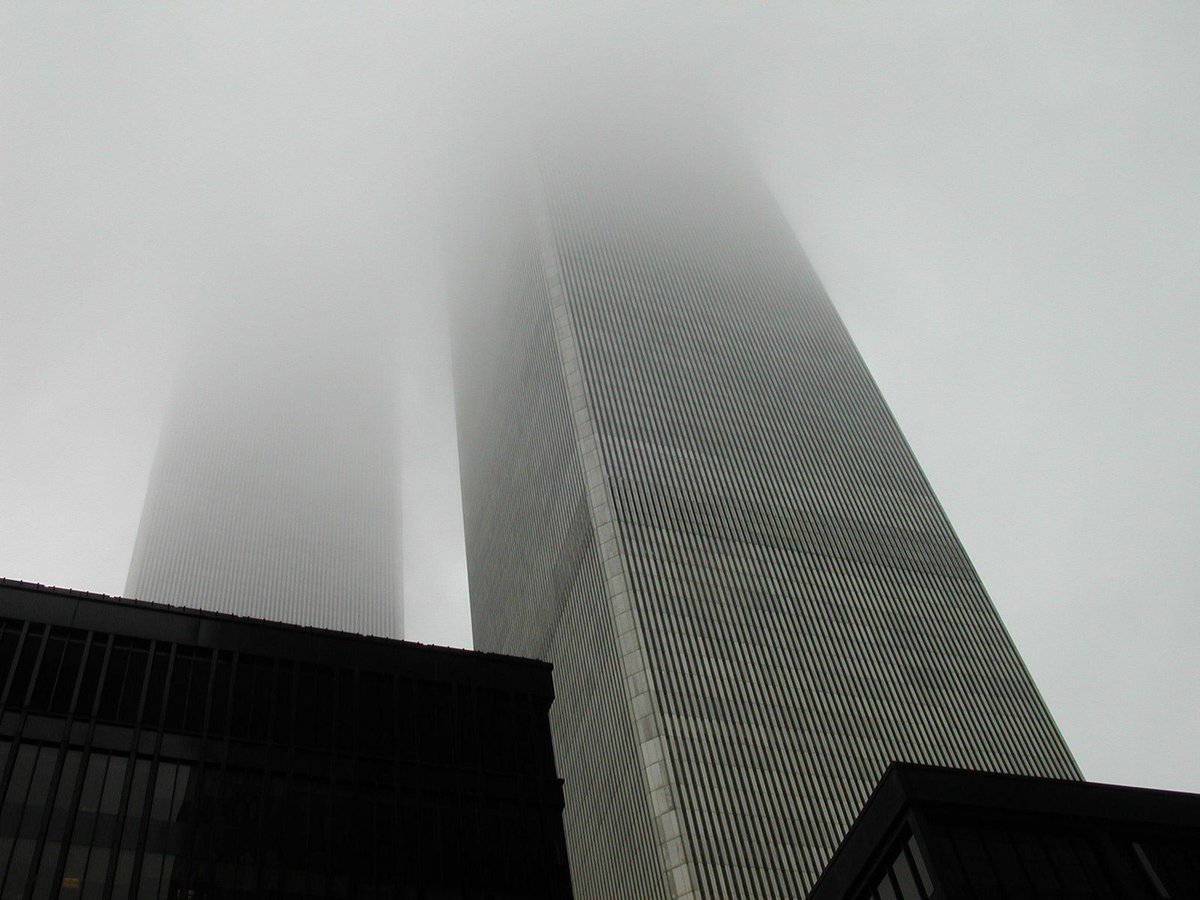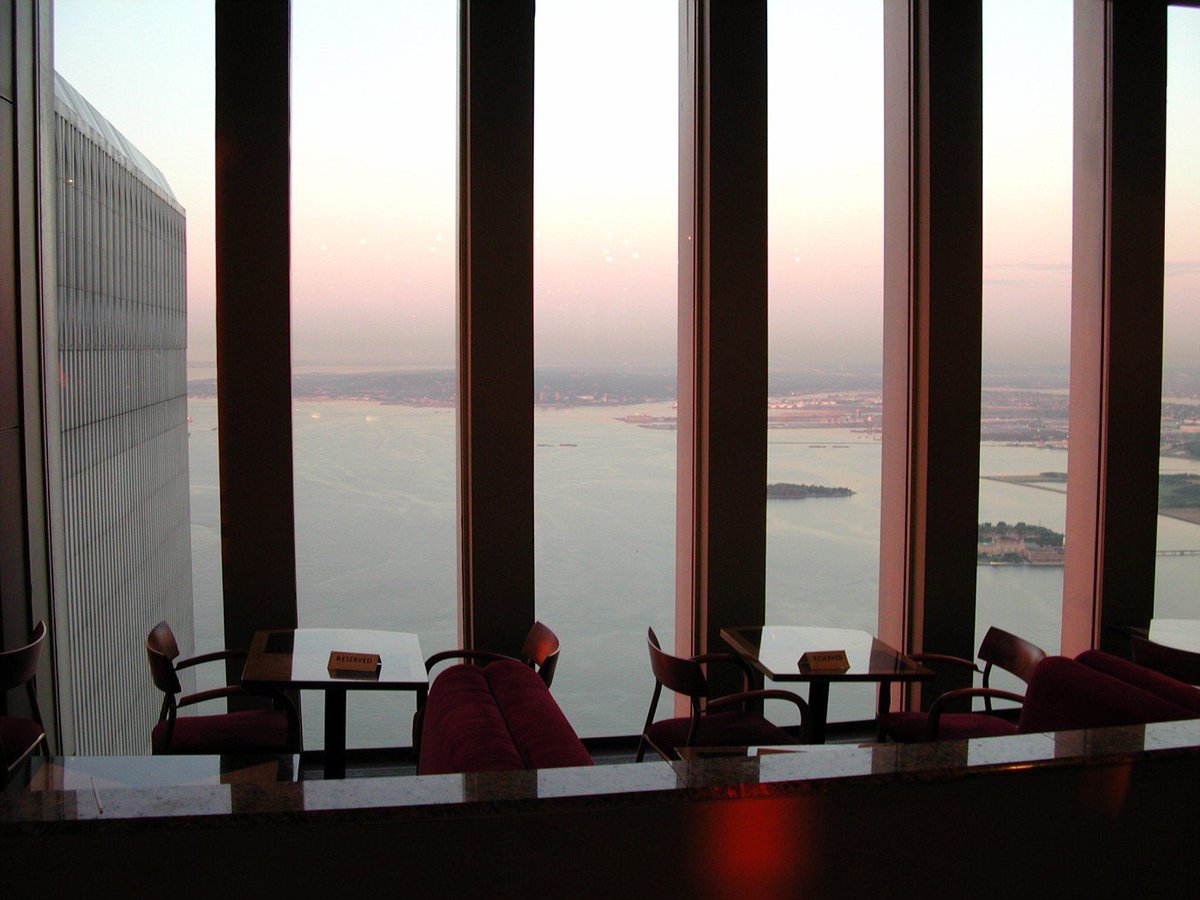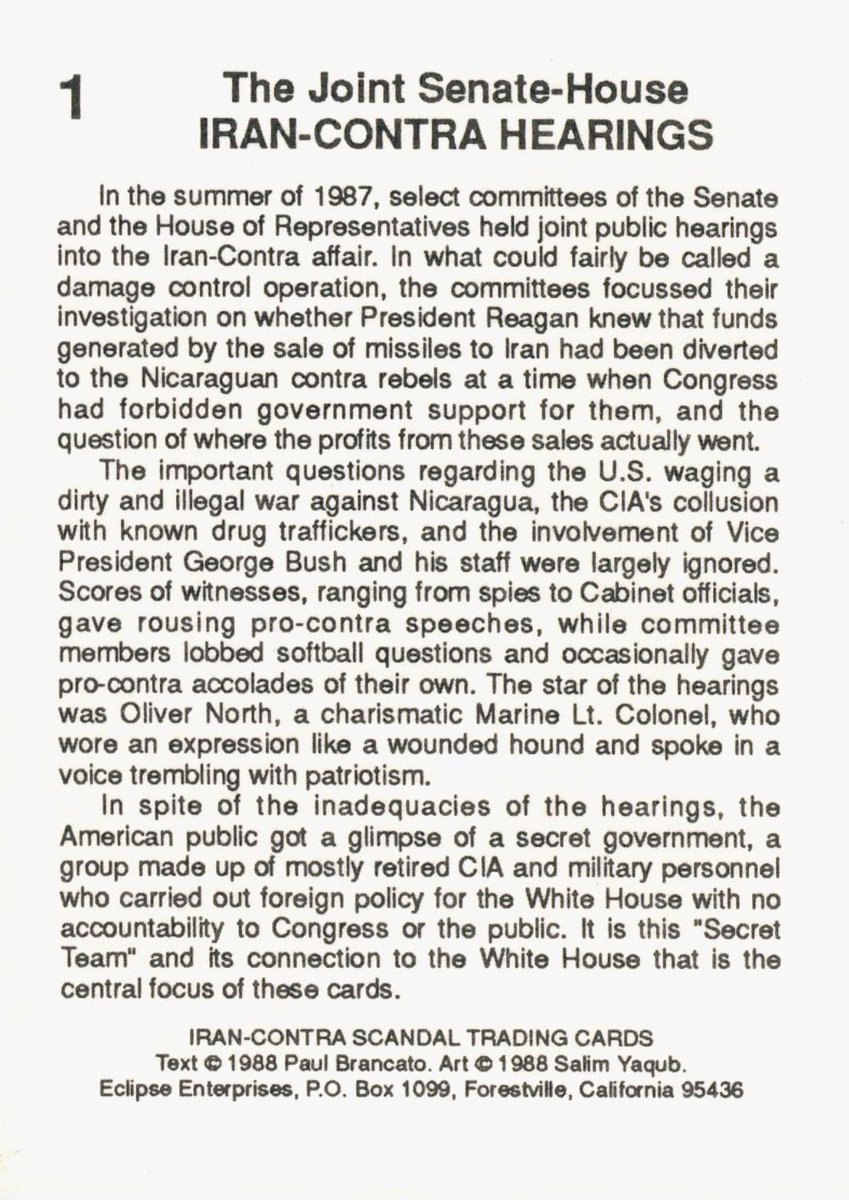
Everyone complaining about this clearly hasn't looked into it very much. They are not destroying the statue, they are relocating it 8 km away to Dianjiangtai, where historically Guan Yu is said to have drilled his troops. The statue was also built illegally in the first place. 


https://twitter.com/hkfp/status/1435818868631474177



The developers didn't have proper clearances for it, they just had permission to build the pedestal/museum, and also it's so heavy that the land under it was literally sinking under its weight. It surpassed the legal height limit, of course, they have to move it.
but this is being framed as "the Chinese hate art and are destroying this awesome badass statue what a waste of money 😭"
pretty good example of how western media frames narratives about china to have a negative spin regardless of actual content. notice how this tweet doesn’t have a link to an article. this 220 characters is all you’re supposed to know, don’t look any deeper at the actual details
• • •
Missing some Tweet in this thread? You can try to
force a refresh







































